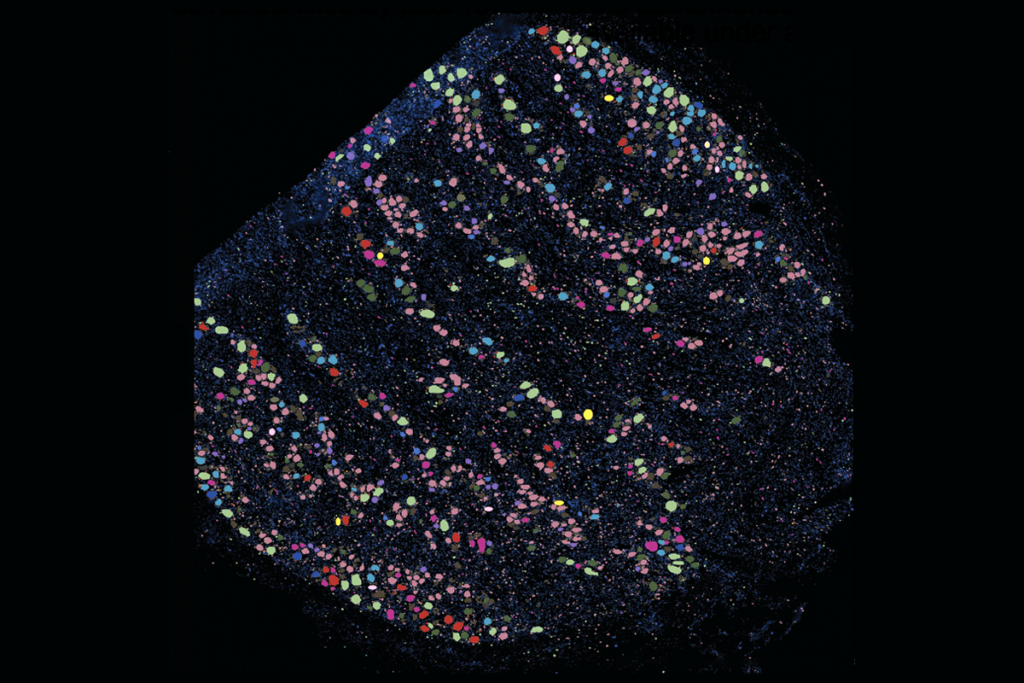Therapy for autism may alter brain activity, behavior
After four months of a behavioral therapy known as pivotal response training, children with autism show improved behavior and enhanced activity in brain regions that process social information. Researchers presented these preliminary results from a trial yesterday at the 2014 Society for Neuroscience annual meeting in Washington, D.C.
After four months of a behavioral therapy known as pivotal response training (PRT), six children with autism show improved behavior and enhanced activity in brain regions that process social information. Researchers presented these preliminary results from a trial of PRT yesterday at the 2014 Society for Neuroscience annual meeting in Washington, D.C.
However, when looking at pictures of faces, children who receive treatment tend to fixate even more on the mouth than on the eyes than they did before treatment — the opposite of what you would expect from an effective autism therapy.
These seemingly contradictory, or at least inconclusive, results need to be confirmed in a larger group of children. Still, the researchers say there is a clear change in brain activity that is worth exploring further.
The change in brain activity seen in the treated children may track with the behavioral changes they show in response to treatment, says Gabriela Rosenblau, a postdoctoral associate in Kevin Pelphrey’s lab at Yale University, who presented the work. The improvements may represent useful markers for the effectiveness of autism treatments, she adds.
“We don’t have good ways to measure that,” says Gabriel Dichter, associate professor of psychiatry at the University of North Carolina, Chapel Hill, who was not involved in the work. “I think this work will really move us in the right direction in terms of empirically valid biomarkers of treatment response in autism.”
The researchers have so far enrolled 40 children with autism and 20 controls, all of whom have average intellectual quotients. Half of the children with autism received four months of PRT, a therapy that involves teaching children with autism ways to communicate through play-like activities. “You work with whatever interests a child has,” says Rosenblau. “From that, you develop a way to communicate.” The remaining children were given an option to enroll in treatment at the end of the study.
Pivotal response:
The researchers used eye tracking to monitor the children’s gaze before and after treatment. They showed the children a series of 24 faces and monitored how often the children looked at the eyes and mouth. They have data for only nine of the children with autism in the treatment group, but their preliminary analysis reveals no change in fixations on eyes, and a slight increase in fixations on mouths.
“I actually would have expected the opposite, so I’m not sure why they’re seeing that,” says April Levin, a child neurologist at Boston Children’s Hospital, who was not involved in the study. “That could be a compensatory response of some sort, indicating that these children use the mouth instead of the eyes to get more social information.”
The researchers used functional magnetic resonance imaging (fMRI) to examine brain activity as the children looked at a series of six pictures of expressionless faces, followed by a series of six pictures of houses. They focused on brain regions that typically show greater activation in response to faces than to houses. So far, they have data from 6 controls and 13 children with autism prior to treatment.
In response to faces, the controls show enhanced activity in regions that process social stimuli, including the medial prefrontal cortex and posterior superior temporal sulcus, and in regions that process emotions, including the insula and temporal pole.
By contrast, children with autism show stronger activation in posterior areas of the brain, such as the visual cortex, when looking at pictures of houses. “That shows that people with autism seem to have hyperactivity in these regions when looking at objects compared to social stimuli,” Rosenblau says.
Following the treatment, seven children with autism showed enhanced activity in the medial prefrontal cortex — a brain region known to be involved in social cognition. By contrast, six untreated children with autism showed a slight decrease in brain activity in this region.
Although the finding is preliminary, Rosenblau says, it suggests that the treatment normalizes some of the brain activity in children with autism.
“It’s very interesting and encouraging that this form of behavioral rescues activity in this brain region,” Dichter says.
Six of the seven children with autism who received treatment and completed the fMRI analyses also showed a decrease in the severity of their autism symptoms, as measured by the Autism Diagnostic Observation Schedule.
Rosenblau cautions against drawing big conclusions from these preliminary data, but says she hopes to publish findings from a larger group of children early next year. “You see there is something in there that needs to be pursued.”
For more reports from the 2014 Society for Neuroscience annual meeting, please click here.
Recommended reading

New organoid atlas unveils four neurodevelopmental signatures

Glutamate receptors, mRNA transcripts and SYNGAP1; and more
Explore more from The Transmitter

‘Unprecedented’ dorsal root ganglion atlas captures 22 types of human sensory neurons

Not playing around: Why neuroscience needs toy models

